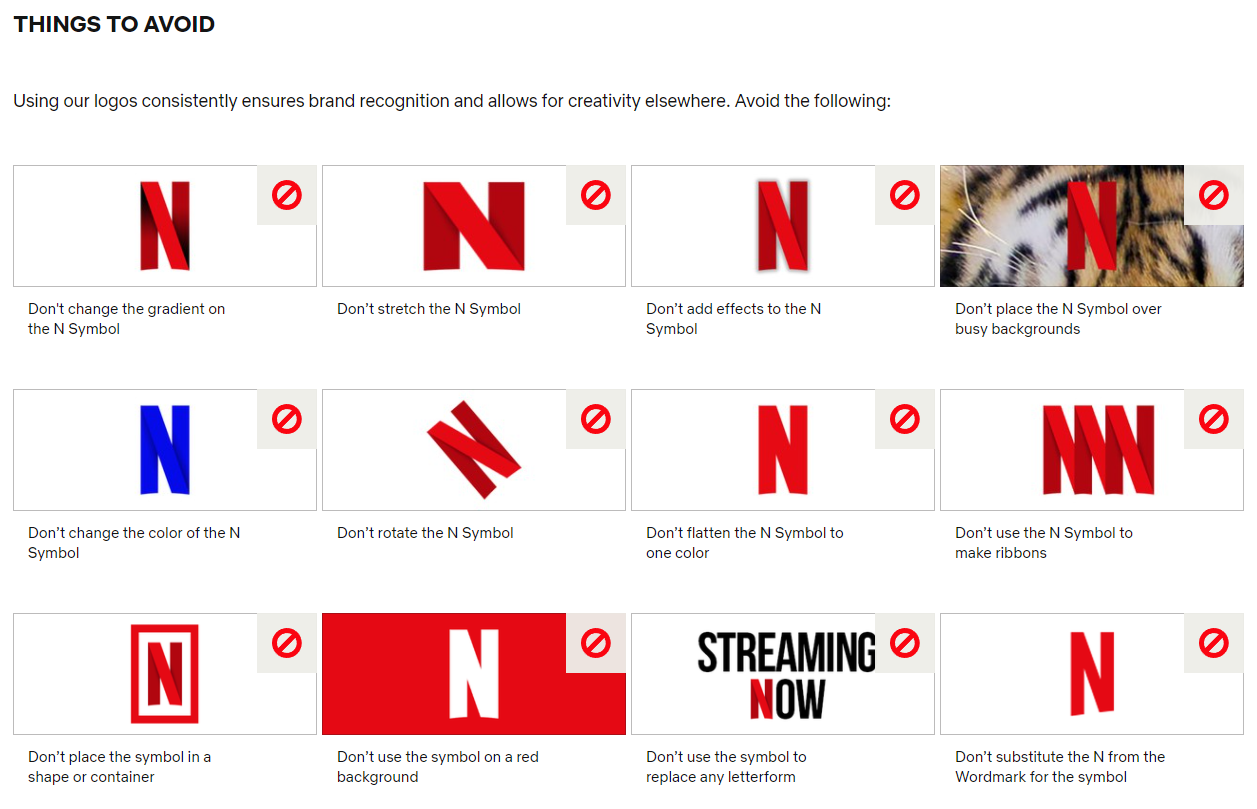How to ensure brand compliance with brand guidelines
Share this article

Brand guidelines are something that allows you to give full direction over your brand and the way it’s presented. Companies have to ensure brand compliance to protect their image, identity, and all brand-related assets. But how does it work in practice? Let’s take a look.
Suppose you’ve built your company from the ground up. Every single element of your brand identity is carefully refined and tested. After years of operation, you’ve gained your customers’ trust and engagement. They value your brand and the products that you make. You’ve put in so much effort to make sure everything works. Naturally, you want to protect it, and make sure it doesn’t come undone by staying consistent. How can brand guidelines help to achieve that?
This is what brand compliance is all about. It ensures that your brand (as well as its products, message, and brand values) remain consistent as intended. Today, it can be challenging to maintain brand consistency with all these new communication channels. But the juice is definitely worth the squeeze!
It all starts with creating brand guidelines (also known as a brand style guide). It’s a set of rules and brand principles outlining how your brand should be presented along with examples and sometimes templates. Typically, these guidelines are gathered to make everything legible and transparent. Brand style guides generally comprise of:
Many companies publish their brand guidelines online so access is easier for all approved parties and information is easy to update. Those which are working with large teams often use a brand portal to keep their brand consistent across all touchpoints. Let’s examine three such examples.
Let’s start with Netflix. In their “brand assets” section, you can discover how to use the N symbol and the wordmark. There you can find examples on what NOT to do with the logos, how much safe space you should give them, and how to place them relative to other content.
Image source: https://brand.netflix.com/en/assets/
Samsung has also published its brand guidelines online. In their “brand identity” section, you can discover the history and vision behind their logo, stated as “These precise adjustments to visual balancing and typography illustrates our dedication to excellence and creates human-driven experiences”(Samsung). Samsung shows their lettermark colours and a protection space that has to be maintained around their logo.
Image source: https://www.samsung.com/us/about-us/brand-identity/logo/
The third and rather unexpected example: NASA. Did you know that their Graphics Standard Manual was originally released back in 1976? Even over forty years ago, this American agency understood how important it is to manage its brand consistency. They even had guidelines on how their logo should look on the spacecraft (first impressions matter, don’t they?):
Image source: https://www.nasa.gov/sites/default/files/atoms/files/nasa_graphics_manual_nhb_1430-2_jan_1976.pdf
If you are interested, these NASA guidelines (all 60 pages of them) are still available to view for free. The NASA example shows that you should be thorough when it comes to the way your brand is showcased as the best way to protect it no matter where and when it’s presented.
If you have your brand guidelines in place, you have to find a way to monitor this consistency across different channels and countries. To ensure that, you can assemble a team or hire a branding agency to monitor the brand’s usage (many monitoring tools facilitate this task) and check whether it’s fully compliant with your guidelines.
That’s the second element that should be considered more seriously. The knowledge about your brand guidelines should be accessible and common, both internally such as within the sales, marketing, and communication departments, and also externally for marketing and branding agencies, freelancers, contractors, and vendors. You can also create a short set of the best branding practices so that your brand stakeholders have quick access to the most important elements of your guidelines without the need to read the whole 60-page style guide.
It is also very important to educate people about protecting the brand and why this approach is beneficial. This way, they will be more willing to help protect the brand and its visual identity. Even the best brand guidelines require occasional clarification, so we offer brand specialists support to help your team succeed. We provide brand training sessions and workshops (our brand governance services) to help employees understand the visual brand communication strategy.
Do you want to know more about how our Brand Advisory team can assist you in increasing brand consistency? Watch our webinar about Brand Advisory
If you want every involved party to present your brand correctly, provide them with easy-to-use tools that will facilitate their work. By these tools, we mean:
This way, with everything readily available, people working with your brand will save a lot of time and ultimately, money. Using your ready-made corporate materials significantly reduces the risk of a potential violation of the brand rules. On the other hand, whenever possible, you should give some freedom so that marketers and brand agencies don’t feel caged by your guidelines. This also ensures that the same design solution isn’t repeated on every brand touchpoint. Common sense is always appreciated.
As we frequently mention on our blog, brands have to change. The market changes. People change. Therefore, you should keep your brand updated according to the latest trends. This doesn’t mean that you should bring about a revolution every single time something happens in the market, though. On the contrary, a vital aspect of your brand’s value is its consistency. However, you should verify guidelines from time to time and see if they need some honing.
Sometimes the need to update brand guidelines comes from your community. Maybe something is not working as intended or it’s not reaching the audience you intended. That’s why you should carefully listen to what they say and adapt accordingly. Once again, that’s why brand guidelines should be easily accessible to anyone interested.
To sum up, the best way to protect your brand and its identity is threefold:
If you’re looking for a trusted branding agency that will help you set all the necessary guidelines and support you in protecting them – we’re at your disposal. We work with brands all over the world and know what to do to ensure your brand and all its assets are properly taken care of. Contact us to find out more.
Hungry for more knowledge? Read all you need to know about brand governance.




